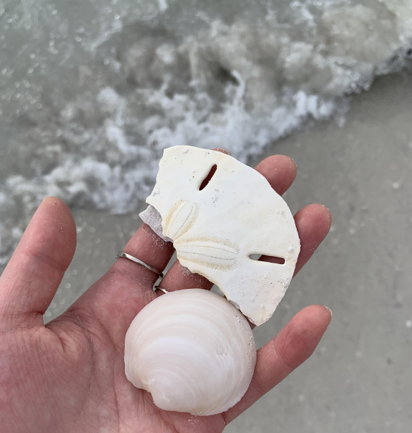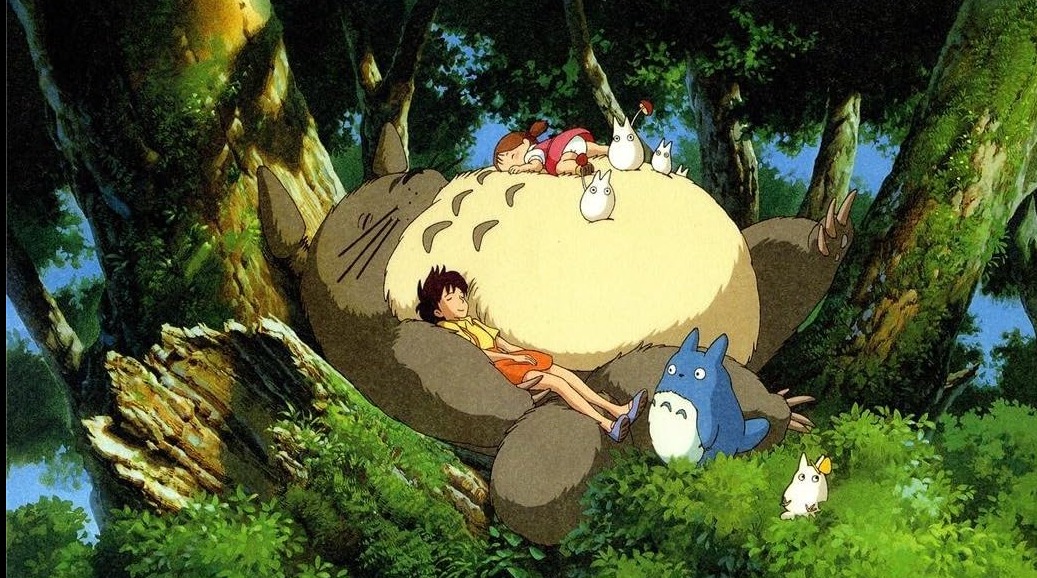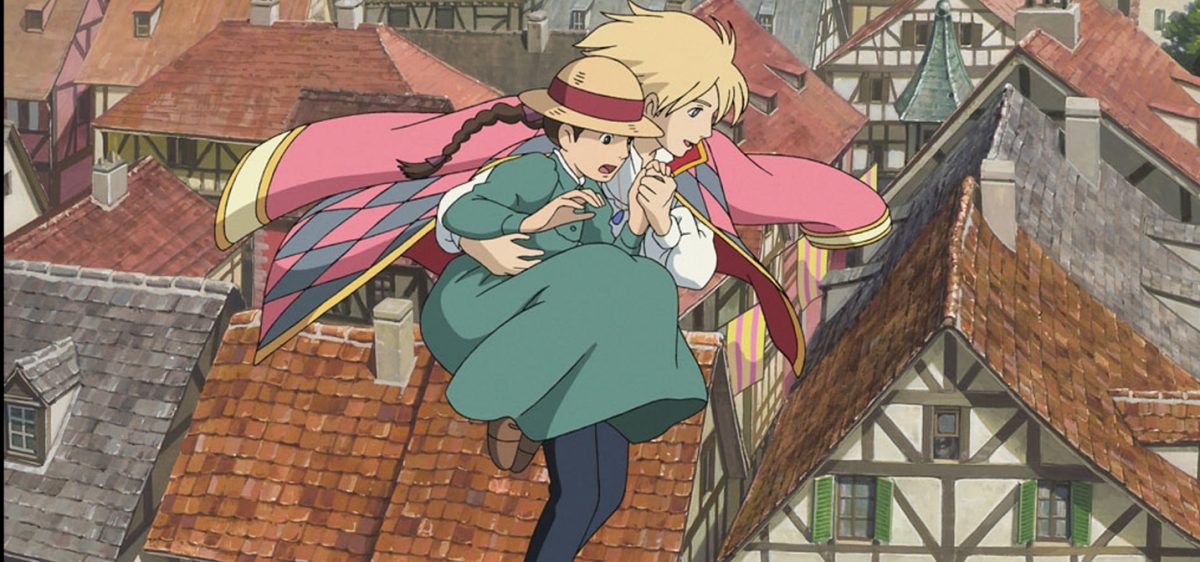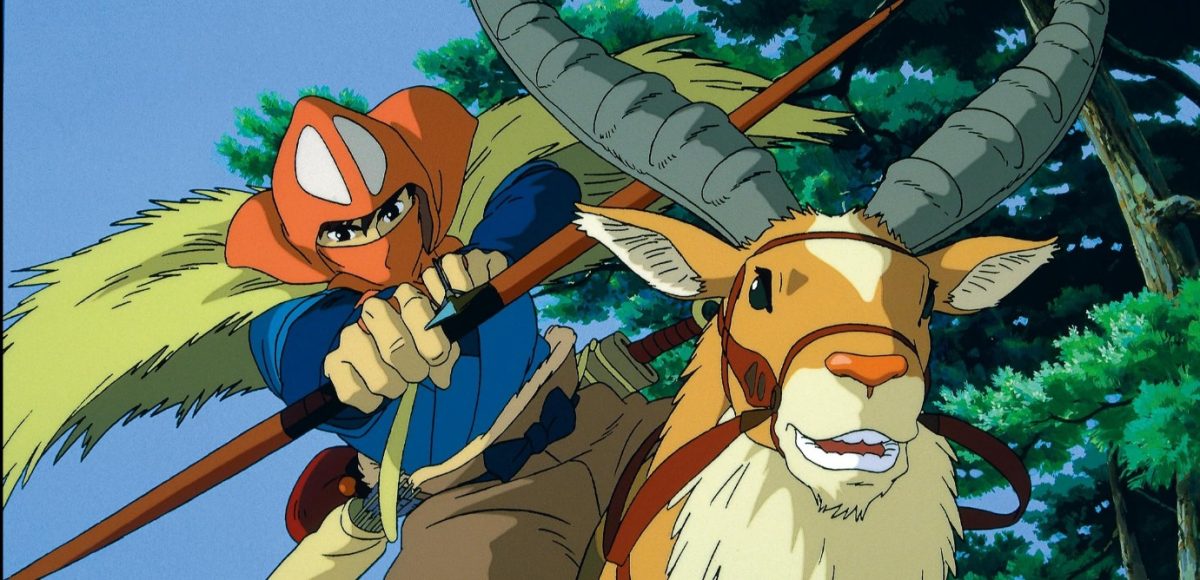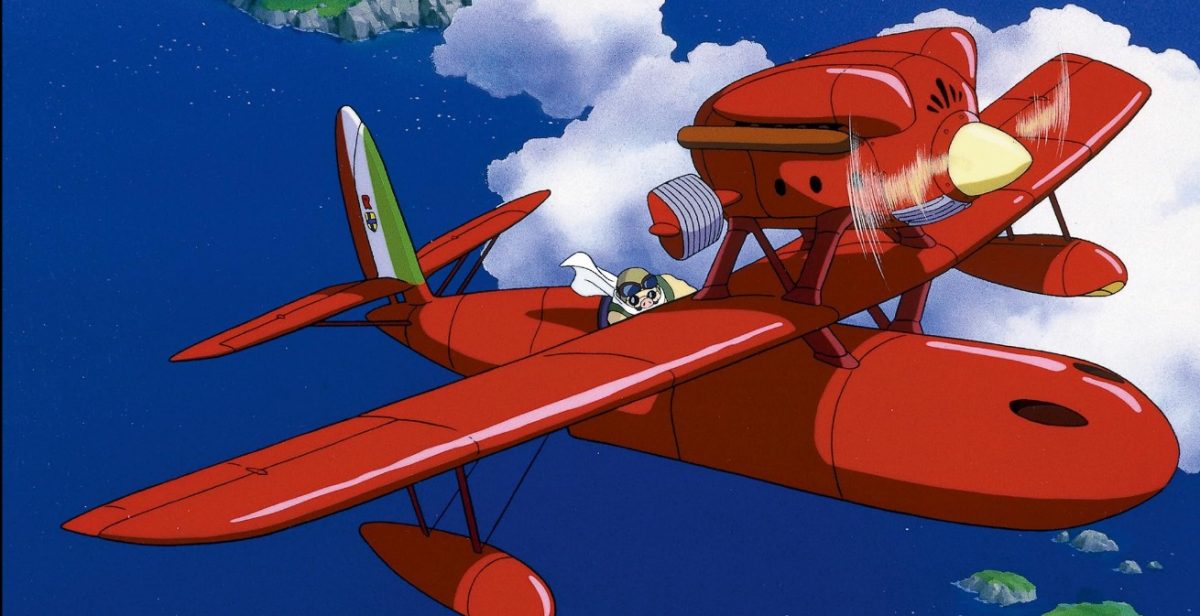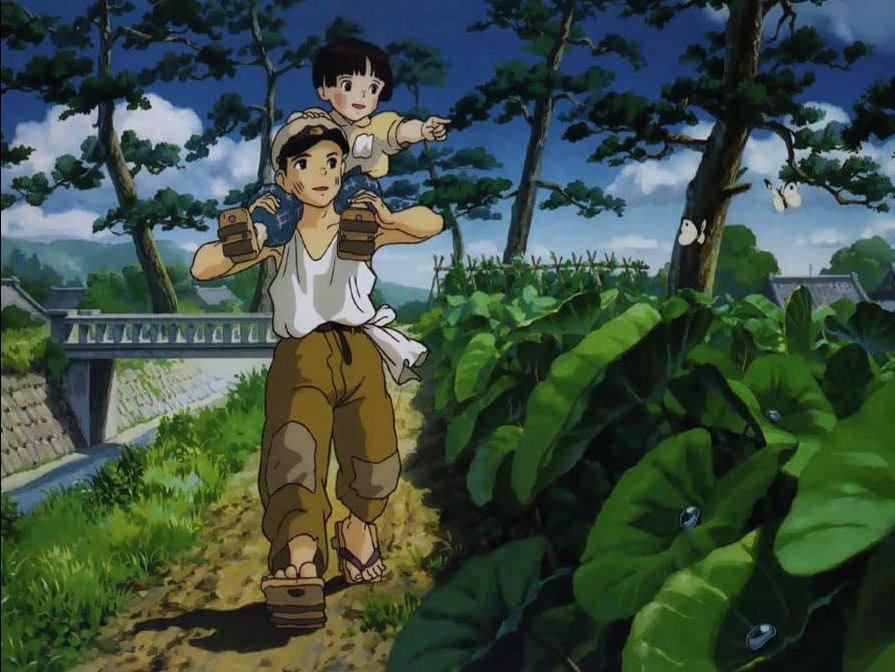When Ghibli Park, a Studio Ghibli-themed amusement park, opened in November 2022, some visitors were shocked to find none of the usual fixtures associated with amusement parks. The park has no rides, no food stalls, no gift shops — just a few structures scattered throughout the woods on the outskirts of Nagoya, Japan. Ghibli Park’s anti-consumerist bent is befuddling, but only when viewed at face value. When considering who it was built to honor — Hayao Miyazaki, the singular Japanese animator — the design begins to make a lot more sense.
Aside from Walt Disney, Miyazaki is perhaps the greatest animator of all time. Across his storied career, Miyazaki has directed 12 feature films and helped animate tens of others. He made his feature debut in 1979 with “The Castle of Cagliostro” after spending the earlier part of his career as an in-between artist at Toei Animation. This debut film, about a handsome thief named Lupin who endeavors to free an imprisoned princess and learns about the treasure he seeks in the process, underperformed box office expectations but became a cult hit later on. Despite the initial underwhelming reception, the film’s hilarious and stunning visual imagery set the stage for the success of Miyazaki’s later work by allowing him to hone his artistic vision.
Another benefit came in the form of exposure. Up until “The Castle of Cagliostro,” Miyazaki had spent his entire career as an animator for others. A few years after its release, he and his artistic collaborators were able to build enough momentum to set off on their own, founding Studio Ghibli in June 1985. With newfound creative freedom, Miyazaki put his best foot forward with the studio’s first film, “Laputa: Castle in the Sky,” in 1986. The story focuses on Sheeta, an orphan girl from another world who falls from the sky, and Pazu, an orphan boy mine worker who finds Sheeta and nurses her back to health. Through the experience, Pazu and Sheeta become friends and then embark on an adventure to help Sheeta reclaim the Laputan throne.
Sheeta was to become the first, but certainly nowhere near the last, of Miyazaki’s strong female characters. His next project, which became the universally celebrated “My Neighbor Totoro” in 1988, spotlighted Satsuki and Mei, the two daughters of a university professor who have journeyed with their father to visit their ailing mother in the countryside. The adults serve as the background to the courageous, vivacious and unstoppable young girls who spend a large part of the film exploring the nearby woods and meeting the forest spirits. Their beautiful sibling dynamic touches the soul and the joyfulness of their imaginations stays with audiences long after the 86-minute runtime elapses. And of course, pop culture is left with the enduring images of the small, medium and big Totoros as well as the Catbus and soot sprites.
Small inklings of more widespread fame reached Studio Ghibli after “My Neighbor Totoro,” but “Princess Mononoke” in 1997, “Spirited Away” in 2001 and “Ponyo” in 2008 collectively catapulted the independent studio to global powerhouse status. Using this climb, Miyazaki crafted pointed social commentaries about the excesses of consumerism, the importance of environmental conservation and the inconsistencies of orthodoxy. He also made a point of encouraging audiences of all ages around the world to live in harmony with nature and family.
Adored by audiences around the world today who are always all too eager for Studio Ghibli’s next installment, Miyazaki is the visionary of not just one generation, but many generations before and after him in animation. From the painstaking frame-by-frame animation process he brought into the limelight to his commitment to art as a vehicle for social and political change, Miyazaki truly epitomizes an auteur fully in his element. How his latest — and possibly last — feature “The Boy and the Heron” performs at this year’s 96th Academy Awards remains to be seen. However, one can be certain that Miyazaki deserves a spot on the Mount Rushmore of all-time filmmaking greats, despite the subtle ambiance of the park that was built to honor him.








